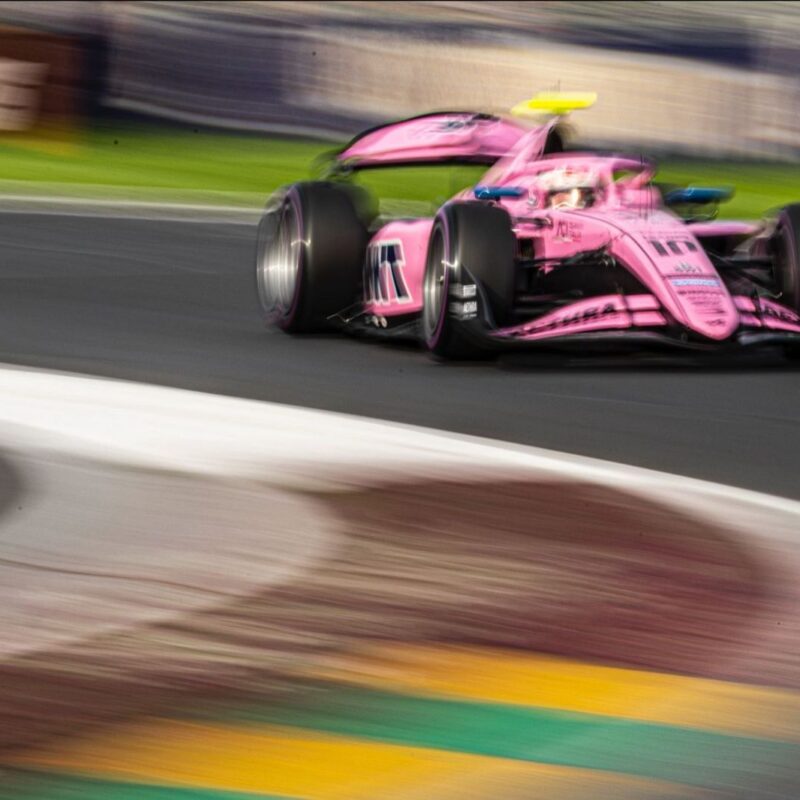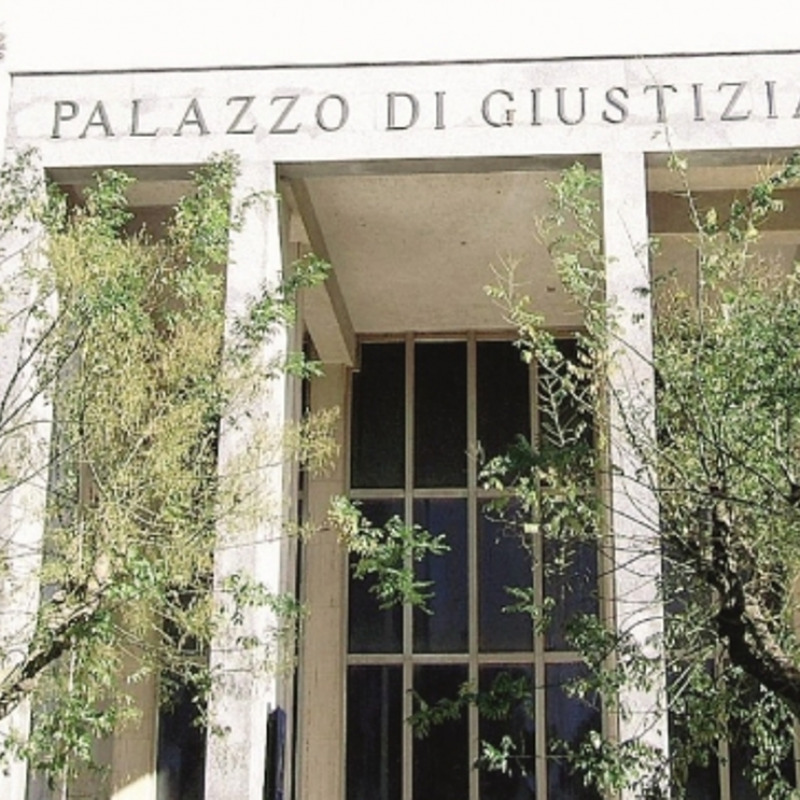Tests done in Italy suggest that worms may have the potential to turn the moons grey, dusty surface into fertile, cultivable soil. The research on Eisenia fetida, which is commonly known as the manure worm or the redworm, was coordinated by Pisas Sant'Anna School of Advanced Studies and featured the collaboration of the Gran Sasso Science Institute (GSSI).
The earthworms beneficial effects on soils may be promising to improve lunar soil fertility, enabling the use of local substrates for space farming, wrote the authors of the study, which was published in the Heliyon journal, Cesare Stefanini and Donato Romano of the Sant'Anna Schools BioRobotics Institute, Chiara Pucciariello of SantAnnas Center of Plant Sciences and Adriano Di Giovanni of the GSSI.
Conceived thinking of future long-term missions on the moon, the experiment was conducted by putting the worms into terrain that simulates the lunar regolith, the whole of sediments, dust and stones what make up the moons substrate.
A small group of engineers, entomologists and plant scientists put themselves before a great scientific challenge: how to make fertile the lunar soil, which is more aggressive and hostile to life than the earths soil, said Stefanini. We are the first in the world who have managed to show that a species of worm is capable of surviving on this surface. Its a first step towards the possibility of farming on the moon.








Ancora nessun commento